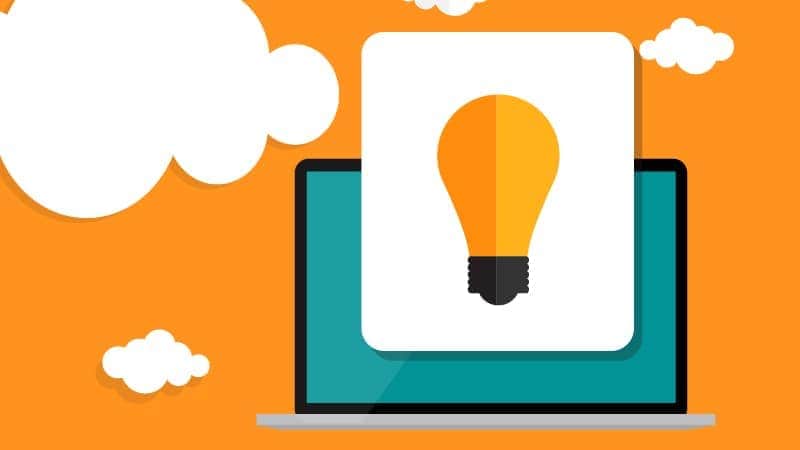This month, the posts at the LeaderTalk blog have focused on the theme “A leader values and engages others.” While brainstorming post topics, I remembered Monica Diaz, one of the most encouraging people I know on Twitter. Monica is the Director of Quidam Global, a firm focused on creating great learning experiences for clients interested in developing their unique talents and improving productivity through personal growth. She has been a trainer for almost 20 years and developed her own model of coaching. Monica, her husband, and three sons make their home in Mexico City.
Monica Diaz is on a quest to share the concept of otheresteem with the world.
Her book Otheresteem: Regaining the Power to Value Others, outlines ways you can increase your ability to value others.
She first developed this concept while training coaches because she wanted to help them accept and appreciate others.
Monica outlines four basic practices of otheresteem:
- Acceptance: Accepting people for who they are and seeking to understand them. To increase your ability to accept others, look for qualities of a person that you enjoy, focusing on those qualities and disregarding less desirable qualities.
- Appreciation: Appreciating people as individuals even if you don’t like everything about them. Choose to express that appreciation to others regularly.
- Expectation: Having a positive expectation of a person and their intentions. Choose to believe the best about someone else and respond to them with openness instead of becoming defensive.
- Gratitude: Being grateful for the relationship for that you share with someone.
One of the benefits of working with otheresteem, Monica, said is that:
It comes full circle. The more you work on valuing others, the more you start valuing yourself. If you start truly valuing others and being thankful for who they are, you build your self esteem. As people explore otheresteem, they feel better about themselves.
If you are consistent about valuing another person, you increase the chances that they will value you.
According to Monica, social media sites provide a good training ground for otheresteem. Monica incorporates otheresteem into her Twitter relationships, tweeting otheresteem tips daily and using the hashtag #otheresteem. She has also designated Wednesday as a special day to focus on valuing others on Twitter. She encourages friends and followers to tweet postive, encouraging messages to one another.
In the community Monica has found on Twitter, otheresteem is evident in:
- Retweets: By retweeting others thoughts and ideas, you validate a person, showing them that you agree with and support them.
- Follow Friday: By naming the people you enjoy on Twitter, you are showing gratitude for those relationships.
- Thank yous: People often give thanks to others for conversations and mentions. In doing so, they confer value on the people they are thanking.
- Networking: As people interact on Twitter, they introduce one friend to another. As they do, they are highlighting their appreciation of others.
After using Twitter as a training ground, a person can enhance their ability to express otheresteem in face to face interactions, taking their online practices offline. As we say thank you, speak kind words and encouragement to others, and connect others in relationships on Twitter, we cultivate habits of otheresteem that we can use wherever we are.
The concept of otheresteem is an important one for leaders to master. To learn more, follow Monica on Twitter, order and read her book, and stay up to date with her writing by reading her blogs.
Join the conversation:
Which of the four practices of otheresteem is most difficult for you? Why?
Do you think otheresteem is easier online or offline?
One more thing:
As a special offer to LeaderTalk readers, Monica is offering a discount on her book if you buy it via the e-store. Use promotional code WSQ52U6J.
This was originally posted at Mountain State University LeaderTalk and is re-posted with permission.

I am the founder/CEO of the Weaving Influence team, the author of Reach: Creating the Biggest Possible Audience for Your Message, Book, or Cause, and the host of the Book Marketing Action Podcast. I’m a wife and mom of three kids, and I enjoy running, reading, writing, coffee, and dark chocolate.


Well, I think for me, acceptance is a challenge at times. I call it a “narcissistic hangover”! 🙂 OtherEsteem is MUCH easier online because it’s a medium where we can more easily be our “ideal self” and hide “the shadow”. I know from one small interaction with her on Twitter (I’ll leave everyone guessing) that Monica is the “real deal”, and she “practices what she preaches”. She is a loved and beloved soul doing so much good in the world!
I’m with Thomas on both counts, though acceptance for me is the challenge because I sometimes expect the other person to have the same perspective, values, etc. as me – and of course, that’s not the case. Each person is unique, and once I get to acceptance, the other 3 are much easier. I think otheresteem is easier online because we have such brief interactions (compared to living or working with someone) that we can focus on others during those short periods of time. Nice post and questions, Becky, and great summary of Monica’s excellent practices!
Acceptance is difficult in our competitive environment, mainly because we want to be right about things and also have everyone else see the light! Once we figure out that we do not have to agree with someone to accept them, to learn more about them and how they see things differently, then we can accept more fully. Thomas is too good to me, yet so encouraging! And, Meredith, yes, you are right about the time frame on Social Media. Might we give ourselves “acceptance breaks” with people we have a hard time with? Maybe not accept them unconditionally and forever (yet) but for a few minutes each day, as a practice?